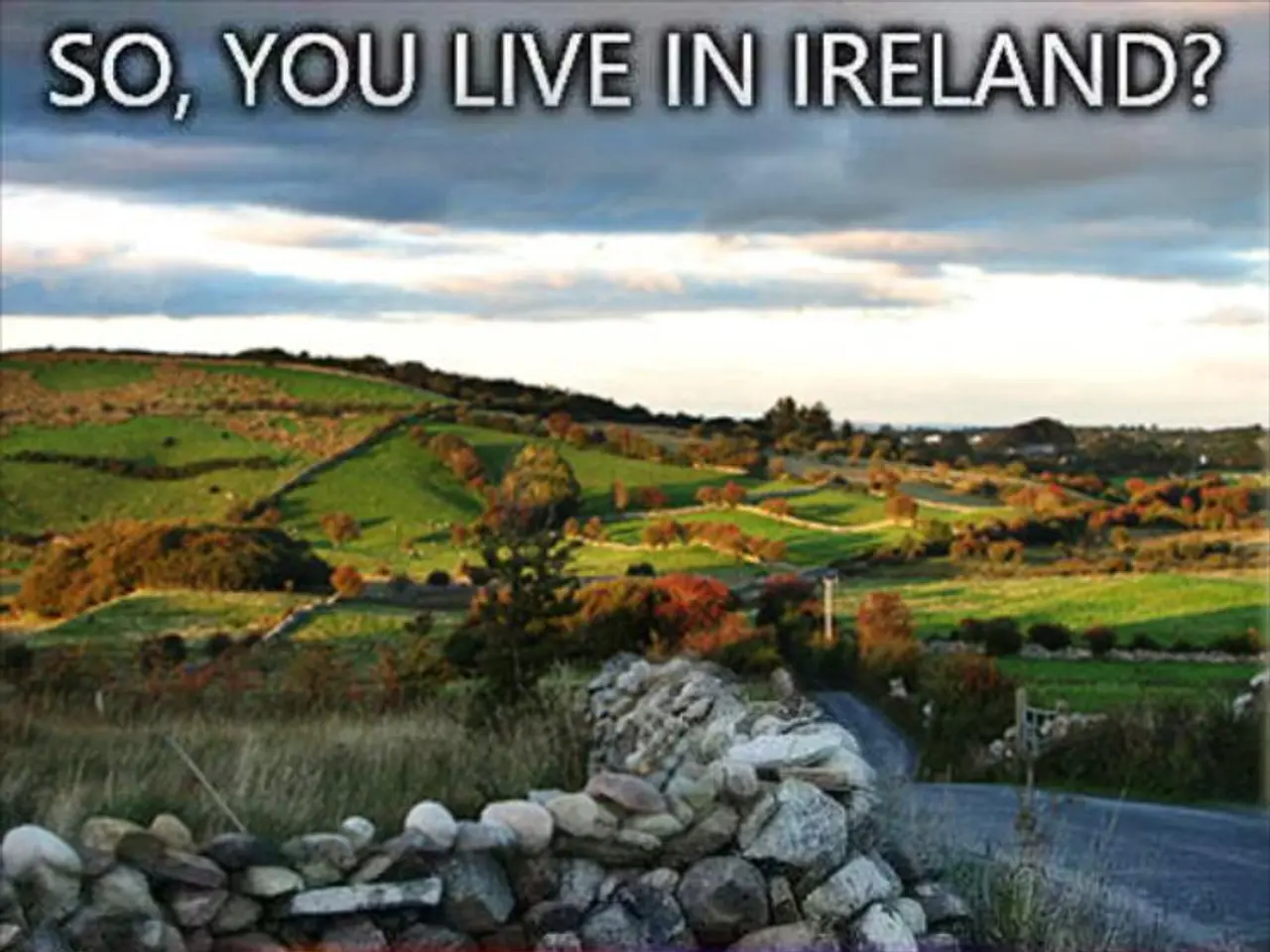Heat and fire weather conditions set to return in Southern California following a brief respite
Heatwave and Wildfires Sweep Through Southern and Central California
A severe heatwave and a series of wildfires are currently affecting Southern and Central California, bringing dangerously high temperatures and increased wildfire risk to the region.
Heatwave Details
The upcoming heatwave, forecast to begin around August 27 and persist into early September, is expected to be one of the hottest stretches of the year. Interior Southern and Central California may see highs ranging between 95°F and 110°F+, with coastal areas cooler but still warm. Temperatures are expected to peak again by Thursday, reaching over 100 degrees in some inland areas, such as Palmdale, Santa Clarita, and Paso Robles [1][2][3][4].
The heatwave is accompanied by a high-pressure system building from the Four Corners region toward California, intensifying the heat and reducing the chance of overnight cooling relief [1][2][3]. Southern California, including Los Angeles and Ventura counties, is under both extreme heat warnings and red flag warnings due to the increased risk of wildfires, as the combination of high temperatures, low humidity, and breezy conditions create ideal conditions for fast-growing and potentially explosive fire behavior [2][4].
Wildfire Situation
Several wildfires are currently active in Southern and Central California. The Gifford fire in San Luis Obispo and Santa Barbara counties has been burning for multiple days, and crews working on the fire undertook an extensive backfiring campaign to contain the blaze on Wednesday and Thursday. By Saturday morning, crews had upped containment of the Gifford fire to 73%, with large swaths of the affected counties remaining under evacuation orders and warnings [1][2][4].
Firefighters on the Hawk fire, located in L.A. County, reached 76% containment by Saturday morning. However, no specific details about the Hawk fires' size, location, or progress are provided. The King fire, which erupted along the 5 Freeway, near Pyramid Lake, amid gusts as high as 30 mph, had reached 75% containment by Friday evening [1][2][4].
Health and Safety
The lack of overnight cooling and prolonged heat stress also raises health risks, particularly for vulnerable populations. The National Weather Service warned of a high risk for heat-related illnesses for pets and heat-sensitive individuals beginning on Wednesday [1][4]. It is crucial for residents to have access to air conditioning and to stay informed about emergency alerts during this time.
Future Outlook
The National Weather Service expects another week of hot and dry weather starting Monday, which could favor abnormally elevated fire behavior and growth in inland areas. Additionally, "sundowner winds" could further fuel any fire ignitions along the I-5 corridor [1][4].
This heatwave poses a dual threat of severe heat impacts and increased wildfire danger in Southern and Central California [1][2][4]. Residents are encouraged to stay informed, take necessary precautions, and follow any instructions issued by local authorities.
[1] Weather Service Forecast: https://www.weather.gov/ [2] California Department of Forestry and Fire Protection: https://www.fire.ca.gov/ [3] National Interagency Fire Center: https://www.nifc.gov/ [4] Los Angeles Times: https://www.latimes.com/
- The ongoing wildfires in Southern and Central California, such as the Gifford fire and the Hawk fire, are exacerbated by the severe heatwave that is projected to last until early September, posing a significant environmental and safety concern.
- The high-pressure system building from the Four Corners region is intensifying the heatwave, leading to increased wildfire risk in regions like Los Angeles and Ventura counties, where both extreme heat warnings and red flag warnings have been issued.
- To mitigate the wildfire risk, California law enforces strict regulations and firefighters employ various strategies, such as backfiring campaigns, to manage and contain wildfires like the Gifford fire in San Luis Obispo and Santa Barbara counties.
- As climate-change influences weather patterns, the future outlook includes another week of hot and dry weather starting Monday, potentially leading to abnormally elevated fire behavior and growth in inland areas, emphasizing the importance of environmental-science studies to better understand and adapt to such climate changes.








